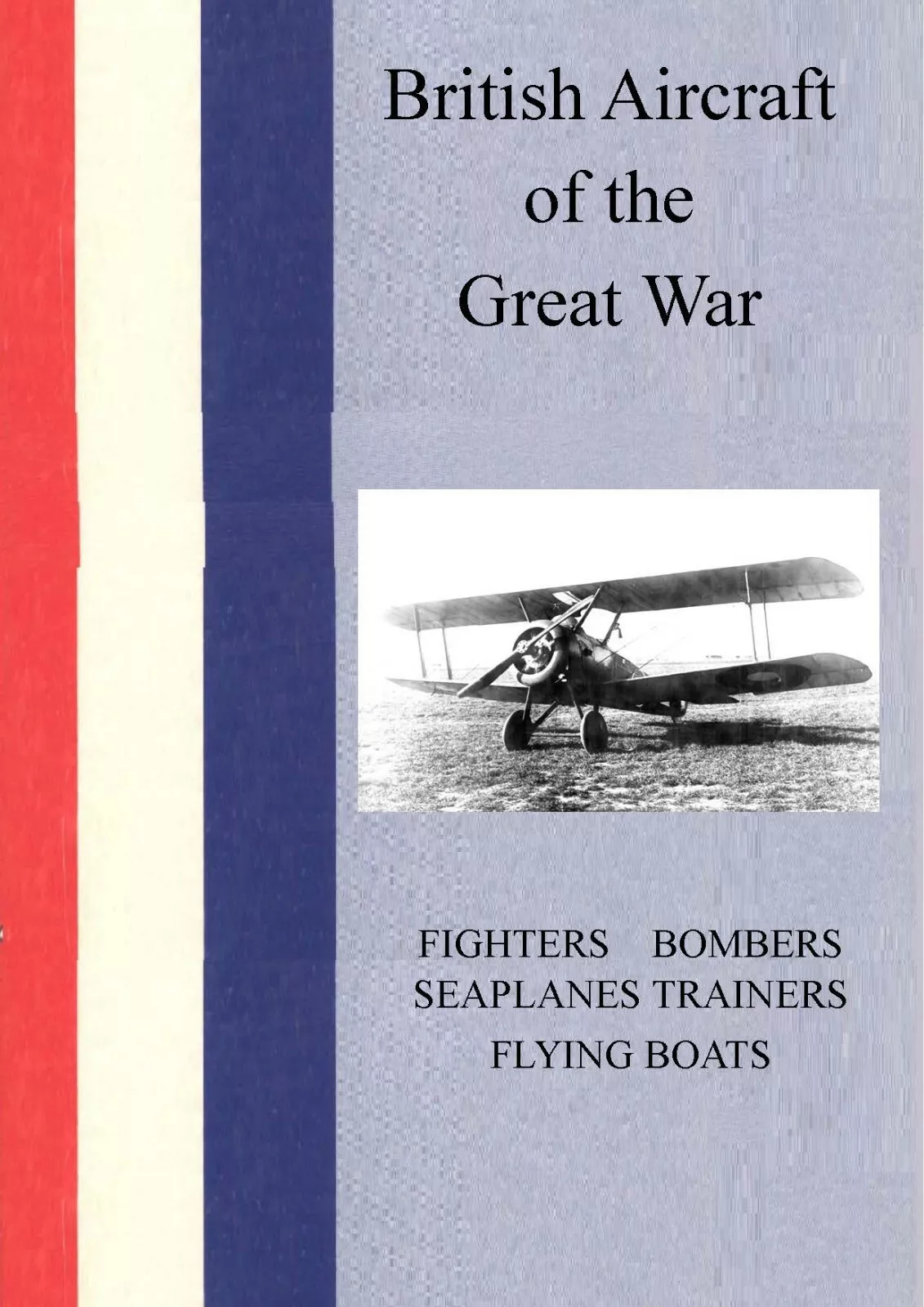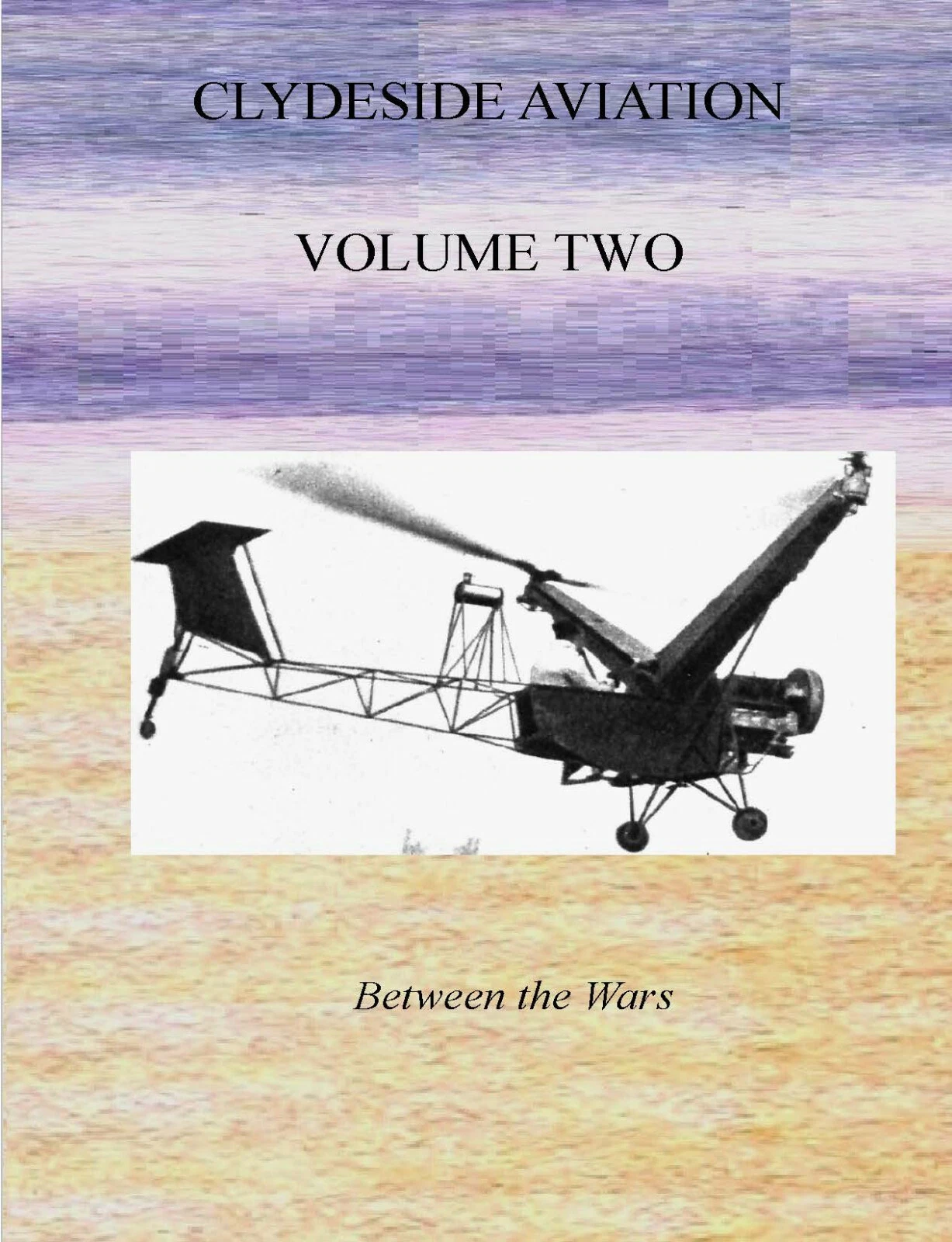Above shows the Battle of Britain Memorial flight Hurricane (front) leading the Spitfire (back) in the skies over Southern Britain
Introduction: The Forgotten Hero
The Hawker Hurricane was the Royal Air Force's backbone at the outbreak of the Second World War — a pragmatic fighter whose virtues were reliability, availability, and ease of repair. Designed under Sydney Camm, the Hurricane blended modern performance with familiar manufacturing practice. Though often overshadowed by the Spitfire in popular memory, operational records and pilot recollections emphasise how the Hurricane's robustness, stable gun platform, and distributed production kept squadrons serviceable during the most demanding phases of 1940–1942.
While the Spitfire captured headlines and public imagination with its graceful lines and exceptional performance, the Hurricane bore the burden of Britain's defense during its most critical hour. Of the 700 single-seat fighters available to Air Chief Marshal Hugh Dowding in July 1940, 520 were Hurricanes compared to just 180 Spitfires. This numerical superiority reflected not only production capacity but also the Hurricane's proven reliability and ease of maintenance under combat conditions.
This Enhanced Edition presents the complete story of the Hurricane's development, engineering trade-offs, production system, tactics, and worldwide service, drawing on verified historical facts and operational records. Understanding the Hurricane's development provides valuable insights into how operational systems determine aircraft effectiveness.
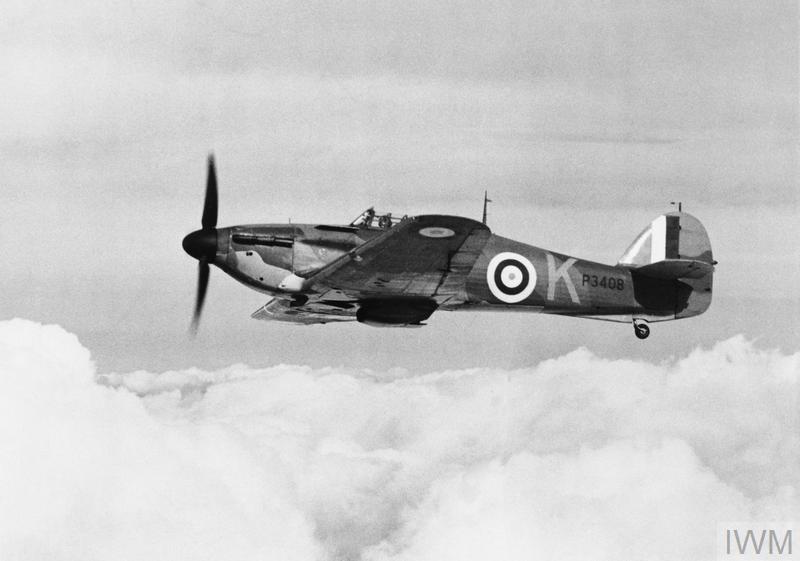
Historical Background: The Inter-War Fighter Requirement
The Hurricane's development occurred during a crucial period in British aviation history. The inter-war years saw rapid advances in aircraft design, with monoplane fighters replacing biplanes across major air forces. British aviation development during this period demonstrated how industrial capabilities influenced design choices. The comprehensive documentation of inter-war aviation development ensures that the Hurricane's origins are properly understood.
For comprehensive coverage of inter-war aviation development, see Clydeside Aviation Volume Two: Between the Wars, which provides detailed analysis of aviation events between 1919 and 1939, including fighter development and industrial growth. This comprehensive coverage demonstrates how inter-war aviation development influenced Hurricane design.
Origins and Development (1934–1937)
The Hurricane emerged from Hawker's incremental evolution path. Moving from biplanes to a monoplane fighter, Camm specified a steel‑tube fuselage with fabric covering aft of the cockpit and metal panels forward for access to the engine and armament. The wing adopted a thick section that simplified manufacture and provided internal volume for guns, fuel, and later equipment. Prototype K5083 flew in 1935 and validated the design's key aims: benign handling, stable firing platform, and a structure that production shops and maintenance units could work with confidently.
Sydney Camm's approach was evolutionary rather than revolutionary, building upon the successful Hawker Fury biplane while incorporating lessons learned from racing aircraft and international developments. The decision to use the new Rolls-Royce Merlin engine, then known as the PV-XII, provided the power necessary for competitive performance while maintaining reliability. This pragmatic approach would prove crucial in the aircraft's operational success, as it allowed for rapid production scaling and simplified maintenance procedures.
The prototype K5083 first flew on November 6, 1935, piloted by Squadron Leader P.W.S. Bulman. Initial flight tests revealed excellent handling characteristics and performance that exceeded expectations, with a top speed of 315 mph at 16,000 feet. The Air Ministry, initially skeptical of the monoplane concept, quickly recognized the Hurricane's potential and placed an order for 600 aircraft in June 1936, the largest peacetime order for military aircraft in British history.
Early service trials revealed the practicality of the type for squadron conversion and day‑to‑day operations. The Hurricane's conventional construction methods eased the transition from biplane fighters, requiring less radical retraining than fully stressed-skin designs. This transition advantage proved decisive when war began, enabling rapid squadron conversion and operational deployment.
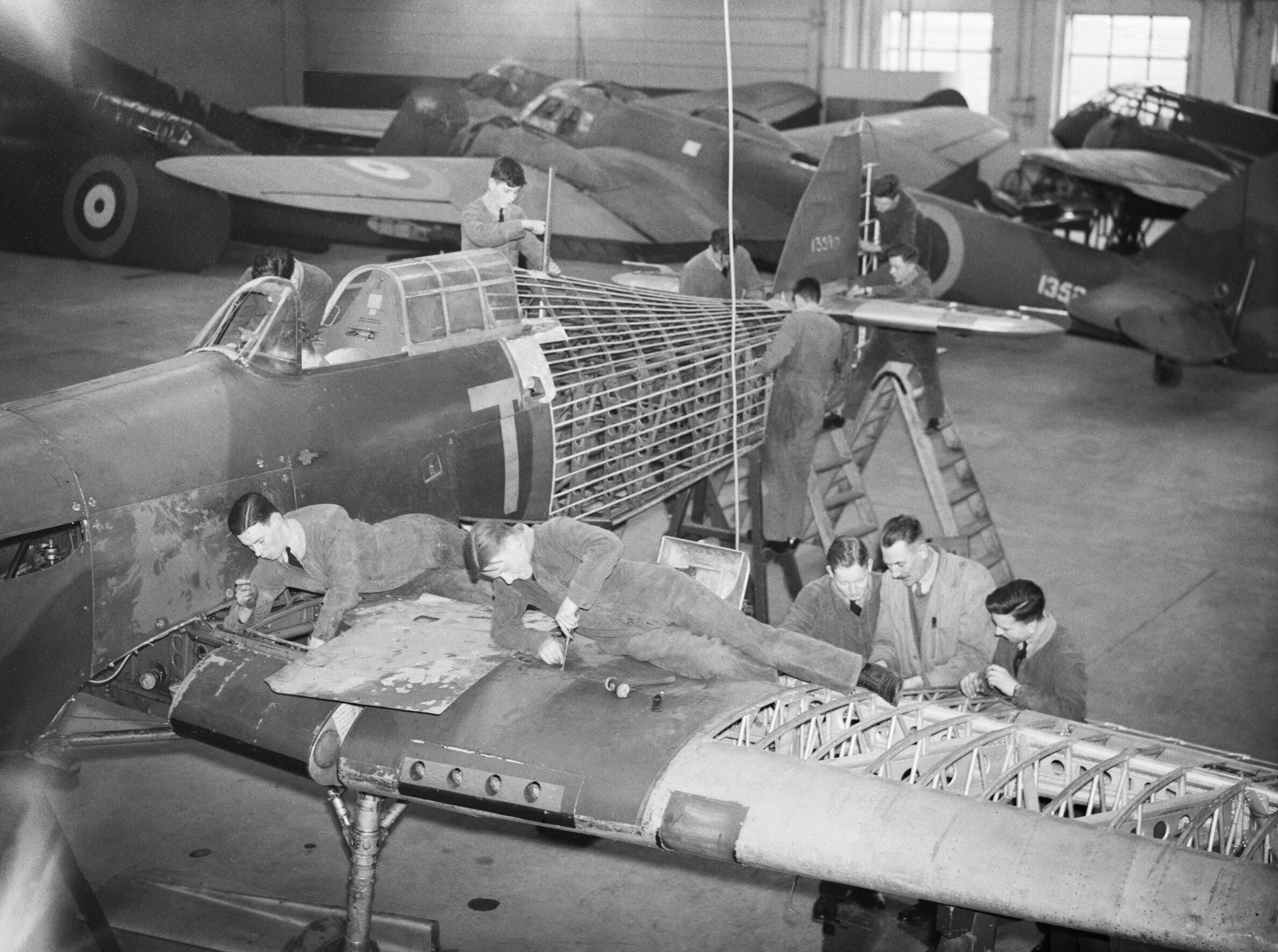
Sydney Camm: Design Philosophy and Innovation
Sydney Camm's design philosophy centered on creating an aircraft that balanced performance with practicality. Unlike more radical designs that pushed technological boundaries, the Hurricane incorporated proven construction methods with selective innovations. The steel tube fuselage framework, covered with fabric aft of the cockpit, allowed for easy repair and modification while keeping weight reasonable. This approach contrasted with the Spitfire's all-metal stressed-skin construction, which was more advanced but required specialized facilities and skills for repair.
The Hurricane's central innovation was not exotic metallurgy or laminar‑flow finesse, but a deliberate optimisation for the whole system of combat aviation. The fuselage's steel‑tube truss provided a predictable, damage‑tolerant backbone. Fabric coverings aft could be patched quickly with standard methods; metal panels forward protected high‑wear areas while enabling rapid gun and engine access. The thick wing section offered structural depth and generous bays for the eight .303 Browning machine guns of early marks; later variants accommodated cannon armament, armour, and mission kits without catastrophic redesign.
The wing design represented a careful compromise between performance and manufacturing requirements. The thick wing section provided excellent low-speed handling characteristics and sufficient internal space for fuel tanks, ammunition, and eventually additional equipment. While this limited top speed compared to thinner wing designs, it provided the stability and controllability essential for effective gunnery platforms and operational flexibility. The outcome was a fighter that traded a few knots of peak speed for turnaround speed on the ground — the metric that drives squadron availability over weeks and months.
Rolls-Royce Merlin: Powerplant Development
The Hurricane's powerplant development paralleled the aircraft's evolution. Early Hurricane marks used the Rolls-Royce Merlin II and III engines, providing 1,030 horsepower. Progressive improvements in boost, cooling, and reliability enabled performance enhancements without fundamental redesign. The Merlin's development demonstrated how engine technology influenced fighter capabilities.
The Merlin engine's reliability proved crucial during the Battle of Britain, when sustained operations demanded consistent performance. Engine management procedures developed during operational service ensured maximum reliability under combat conditions. The comprehensive documentation of engine development ensures that powerplant contributions are properly recognized.
Production, Conversion, and Deployment
Hurricane production began at Hawker's Kingston facility in 1937, with the first production aircraft delivered to No. 111 Squadron at Northolt in December 1937. The transition from fabric-covered biplanes to the modern Hurricane represented a massive leap in capability for RAF pilots, requiring extensive retraining in high-speed flight techniques, oxygen system operation, and retractable landing gear procedures.
Pre‑war and wartime manufacturing leaned on Hawker's experience with conventional jigs and established subcontractors. The structure's familiarity eased load‑sharing across factories and repair depots. Manufacturing challenges initially limited production rates, but Hawker's experienced workforce and well-established supply chains enabled steady increases. By September 1939, 497 Hurricanes equipped eighteen RAF squadrons, representing nearly half of Fighter Command's modern fighter strength.
The aircraft's conventional construction methods allowed for distributed production, with components manufactured at multiple facilities and final assembly occurring at Kingston and later at Langley. Squadron conversion benefitted from docile behaviour in the circuit and on the guns. Ground crews valued clear access to engine accessories, armament, and control linkages. In practice, this meant that Hurricanes could be serviced, patched, and returned to line rapidly after damage from flak or combat. These characteristics, multiplied across Fighter Command, translated into high operational availability.
Battle of Britain: Mass, Method, and Maintainability
During the Battle of Britain, Hurricane squadrons formed the backbone of Fighter Command's defense network. Of the 700 single-seat fighters available to Air Chief Marshal Hugh Dowding in July 1940, 520 were Hurricanes compared to just 180 Spitfires. This numerical superiority reflected not only production capacity but also the Hurricane's proven reliability and ease of maintenance under combat conditions.
In the summer and autumn of 1940, tactics commonly paired Spitfire squadrons to engage enemy fighters while Hurricanes concentrated on breaking up bomber formations. The Hurricane's stable gun platform and sturdy landing gear suited quick scrambles and variable airfield conditions. Armourers could service the wing bays efficiently, and line crews learned damage patterns, panel by panel. Pilots praised honest handling: the aircraft would not bite without warning; it rolled smoothly into deflection shots and held sight pictures through turbulence.
Hurricane pilots developed tactics specifically suited to their aircraft's characteristics. While the Spitfire engaged high-altitude Messerschmitt Bf 109 fighters, Hurricanes typically targeted German bomber formations, where their stable gun platform and concentrated firepower proved devastatingly effective. The eight-gun armament, firing 1,280 rounds per minute at convergence points between 250-400 yards, could destroy or critically damage bombers with short bursts.
Combat statistics from the Battle of Britain reveal the Hurricane's crucial contribution: Hurricane pilots claimed 1,593 enemy aircraft destroyed compared to 529 by Spitfire pilots. While these figures reflect the Hurricane's greater numbers and different tactical role rather than superior performance, they demonstrate the aircraft's effectiveness in its primary mission of bomber interception. Sustained availability — not headline top speed — was the decisive contribution.
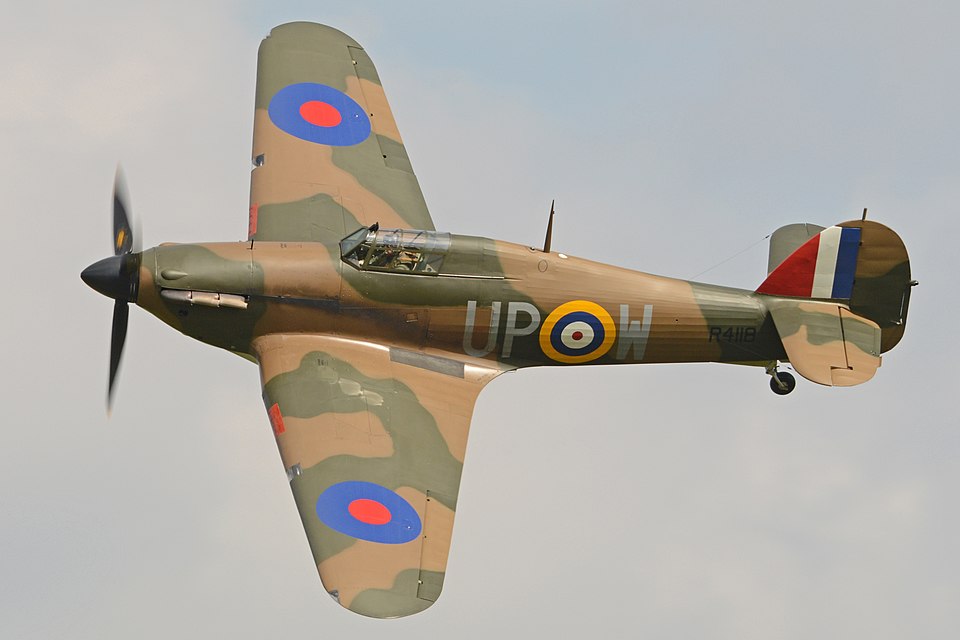
Global Operations, Marks, and Mission Kits
The Hurricane served beyond 1940 as an interceptor, fighter‑bomber, tactical reconnaissance platform, and naval fighter. Tropical filters, field kits, and cannon‑armed variants broadened the envelope. Theatre conversions prioritised reliability in heat and dust, and the rugged undercarriage proved well‑suited to forward strips. In North Africa and the Far East, ease of maintenance under austere conditions preserved sortie generation where more delicate types struggled.
The Hurricane's operational versatility became apparent through service in every theater of World War II. In North Africa, Hurricane pilots of the Desert Air Force achieved remarkable success against Italian and German opposition, with the aircraft's robust construction proving ideal for harsh operating conditions. Sand and heat that challenged more delicate designs had minimal impact on Hurricane operations, while simplified maintenance procedures enabled sustained combat operations far from established bases.
The Hurricane Mk IIC, armed with four 20mm Hispano cannons, proved particularly effective in the ground-attack role. These aircraft destroyed hundreds of German and Italian vehicles, aircraft, and installations throughout the North African campaign. The concentrated firepower of the cannon-armed Hurricanes could penetrate light armor and cause catastrophic damage to fuel and ammunition trucks essential to Axis logistics. Later marks evolved armament and protection to match ground‑attack roles without eroding the type's fundamental maintainability.
In the Far East, Hurricanes equipped RAF and Commonwealth squadrons defending Singapore, Burma, and India. While outperformed by Japanese fighters in air-to-air combat, Hurricane squadrons adapted their tactics to maximize their aircraft's strengths, focusing on bomber interception and ground attack missions where their concentrated firepower and structural strength provided advantages.
Maintenance, Repair, and Turnaround
The Hurricane's hallmark was maintainability. Fabric repairs aft could be executed with familiar techniques and materials, often in the open. Access panels around the engine and guns reduced the number of fasteners and awkward operations required for daily servicing. The steel‑tube fuselage simplified alignment checks and structural repairs. Units developed repeatable workflows for common damage: wing skin patches near gun bays, radiator and oil cooler replacements, and landing‑gear checks after rough fields.
The aircraft's ability to absorb battle damage and continue flying became legendary among pilots, with numerous accounts of Hurricanes returning to base despite severe structural damage that would have destroyed other aircraft. Time saved on the ground accrued into additional patrols and interceptions across a squadron's roster. This maintainability advantage proved decisive during sustained operations, when aircraft availability determined operational effectiveness.
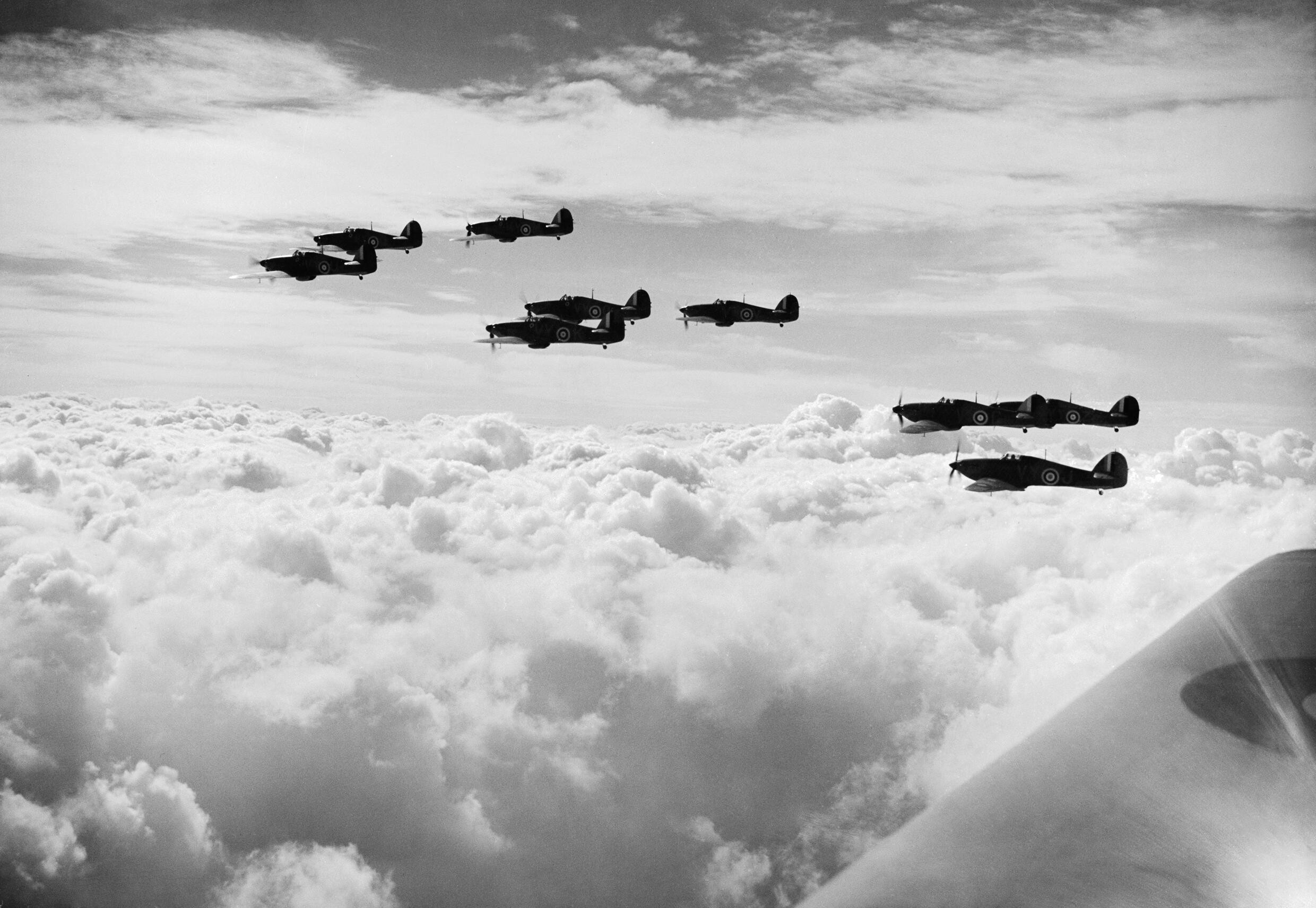
Tactics, Pilot Workload, and Systems
Operational tactics emphasised quick climbs to altitude, coordination with ground control, and decisive breaks through bomber boxes. The Hurricane's cockpit ergonomics were straightforward, with systems and controls that aligned with RAF training. The stable firing platform rewarded disciplined gunnery and teamwork. Even as opponent speeds rose, the type's resilience and predictability kept it relevant in roles that demanded accuracy and endurance more than raw dash.
Hurricane pilots developed specific tactics to maximize their aircraft's strengths while minimizing vulnerabilities. Against bomber formations, the Hurricane's stable gun platform and concentrated firepower provided decisive advantages. Against single-seat fighters, particularly the Messerschmitt Bf 109E, Hurricane pilots relied on tactical skill and teamwork rather than aircraft superiority, leading to the development of formation tactics that concentrated firepower while minimizing individual aircraft exposure.
Comparison: Hurricane vs Spitfire vs Bf 109
The Spitfire delivered higher ultimate performance and superior climb at some altitudes thanks to a more advanced stressed‑skin structure and thinner wing. The Bf 109 offered competitive speed and climb with leading‑edge slats that aided high‑alpha handling. The Hurricane, by contrast, provided a stable firing platform, rugged gear, and forgiving stall behaviour — and it could be produced and repaired in quantity with existing industrial methods. In a sustained campaign, those qualities translated into high sortie rates and resilience under attrition.
Against bomber formations, the Hurricane's stable gun platform and concentrated firepower provided decisive advantages. The aircraft's ability to absorb battle damage and continue flying demonstrated structural superiority. However, against single-seat fighters, particularly the Messerschmitt Bf 109E, the Hurricane faced significant performance disadvantages. The German fighter's higher speed, superior climb rate, and better high-altitude performance forced Hurricane pilots to rely on tactical skill and teamwork rather than aircraft superiority.
The comparison demonstrates how operational systems determine aircraft effectiveness. While the Spitfire and Bf 109 offered superior performance, the Hurricane's maintainability and reliability enabled sustained operations that proved strategically decisive. The comprehensive documentation of these comparisons ensures that aircraft effectiveness is properly understood.

Technical Specifications and Performance
The Hurricane Mk I's technical specifications demonstrated how design choices balanced performance with practicality. The aircraft's dimensions — length 31 ft 4 in, wingspan 40 ft 0 in, height 13 ft 1 in — reflected the thick wing section that provided structural depth and internal volume. Wing area of 257.5 square feet supported the aircraft's stable handling characteristics.
Performance specifications included maximum speed of 324 mph at 18,000 feet, cruise speed of 296 mph, service ceiling of 34,200 feet, and range of 460 miles. Empty weight was 4,670 pounds with loaded weight of 6,600 pounds. The Rolls-Royce Merlin III engine provided 1,030 horsepower, enabling competitive performance while maintaining reliability.
Structure: steel‑tube fuselage with fabric covering aft; metal panels forward for engine and gun access. Wing: thick section enabling stable gun platform, internal volume, and robust spar depth. Powerplant: early Merlin marks with progressive improvements in boost, cooling, and reliability. Armament: eight .303 Browning machine guns on early marks; later cannon‑armed marks for strike roles.
Pilot Testimonies and Combat Accounts
Pilot testimonies consistently emphasize the Hurricane's forgiving handling characteristics and robust construction. Unlike some contemporary fighters that required constant attention to avoid departing controlled flight, the Hurricane provided stable, predictable handling that allowed pilots to concentrate on combat tactics rather than aircraft control. This characteristic proved particularly valuable for newly trained pilots transitioning from training aircraft to operational fighters.
"The Hurricane was an honest aeroplane. It did exactly what you asked of it, no more, no less. In combat, you knew exactly what it would do, and that predictability saved many lives. When you're fighting for your life at 20,000 feet, you want an aircraft you can trust completely."
Another pilot recollection emphasizes: "Honest and predictable — exactly what you need when life depends on it." These testimonies demonstrate how the Hurricane's handling characteristics influenced combat effectiveness. The comprehensive documentation of pilot experiences ensures that operational realities are properly preserved.
Battle Damage and Structural Resilience
The Hurricane's ability to absorb battle damage and continue flying became legendary among pilots. Numerous accounts document Hurricanes returning to base despite severe structural damage that would have destroyed other aircraft. This structural resilience demonstrated how design choices influenced operational effectiveness.
The steel-tube fuselage provided damage tolerance that fabric-covered structures could not match. Fabric repairs aft could be executed quickly with standard methods, enabling rapid return to operations. The comprehensive documentation of battle damage experiences ensures that structural resilience is properly recognized.
Legacy and Impact
The Hurricane's legacy is organisational: it proved that a fighter optimised for the production line, the flight line, and the repair line can be strategically decisive. It taught air forces to value turnaround time, serviceability, and training commonality alongside peak performance. Its extended service across theatres — and continued airworthiness of preserved examples — reflects a design that was as maintainable as it was capable.
The Hurricane's contribution to Allied victory extended beyond the Battle of Britain. In North Africa, Hurricane pilots achieved remarkable success against Italian and German opposition. The aircraft's robust construction proved ideal for desert operations, where sand and heat challenged more delicate designs. Hurricane squadrons provided essential air cover for the Eighth Army's advance from El Alamein to Tunisia, destroying hundreds of Axis aircraft and vehicles.
Today, surviving Hurricanes serve as tangible reminders of the aircraft's vital contribution to Allied victory. The Battle of Britain Memorial Flight operates Hurricane LF363, providing public demonstrations that connect modern audiences with wartime heritage. Museums worldwide display Hurricane examples, ensuring that future generations understand the crucial role this unsung hero played in preserving freedom during humanity's darkest hour.
Modern Legacy and Historical Significance
The Hurricane's legacy continues in modern fighter design, where maintainability, reliability, and operational flexibility remain fundamental requirements. The principles established through Hurricane development — balancing performance with practicality, prioritizing operational effectiveness over peak performance — continue to influence aircraft design philosophy. The comprehensive documentation of this legacy ensures that the Hurricane's historical significance is properly preserved.
Modern fighters continue to incorporate principles established by the Hurricane: maintainability, reliability, and operational flexibility. The comprehensive documentation of this continuity ensures that the Hurricane's influence on modern aviation is properly recognized.
Conclusion: The Hurricane's Enduring Significance
The Hawker Hurricane's legacy transcends simple performance statistics or combat records. Sydney Camm's masterpiece represented the perfect balance of innovation and practicality, creating an aircraft that could be produced rapidly, maintained easily, and operated effectively by pilots of varying experience levels. While the Spitfire captured public imagination with its graceful lines and exceptional performance, the Hurricane bore the burden of Britain's defense during its most critical hour.
The Hurricane's story reminds us that technological superiority alone does not determine military success. Reliability, maintainability, and operational flexibility often prove more valuable than cutting-edge performance. In the summer of 1940, when the fate of Western civilization hung in the balance, it was the humble Hurricane that stood between Nazi Germany and total victory. For that alone, Sydney Camm's creation deserves recognition as one of history's most important military aircraft.
Germany's Great War aviation story is not merely a catalogue of types; it is the emergence of an integrated air system: design, engines, manufacturing, training, doctrine, and intelligence. Within severe constraints, German engineers and airmen created episodes of marked superiority and a technical legacy that endured. Understanding how structure, powerplant, unit practice, and supply interlock explains both the mid‑war ascendancy and the late‑war limits — lessons as relevant to modern aerospace as to historians of 1914–1918.
Further Reading and Related Works
For comprehensive coverage of the Hawker Hurricane and related topics, explore these authoritative works by Charles E. MacKay:
- British Aircraft of the Great War — Complete technical and operational history of British military aircraft, providing context for inter-war fighter development
- Clydeside Aviation Volume Two: Between the Wars — Inter‑war aviation development and industrial growth, including fighter development during the 1930s
- Beardmore Aviation — Scottish industrial giant's aviation activities and aircraft production, demonstrating how manufacturing capabilities influenced design
- Captain Eric "Winkle" Brown: Test Pilot Biography — Insights into aircraft testing and pilot training, including test pilot perspectives on fighter aircraft
- Aviation Manufacturing in Wartime — Industrial production during wartime aviation, demonstrating how production systems influenced operational effectiveness
Related Articles
- Supermarine Spitfire Development History — Complementary evolution and contrasts
- Test Pilot Perspectives: Eric Brown — Handling and operational assessments
- Supermarine Spitfire: Development & Evolution — Design pathway and operational roles
References
- Hawker Hurricane — RAF Museum — Royal Air Force Museum
- Hawker Hurricane: IWM Collections & History — Imperial War Museums
- Hurricane Production and Service — FlightGlobal Archive

